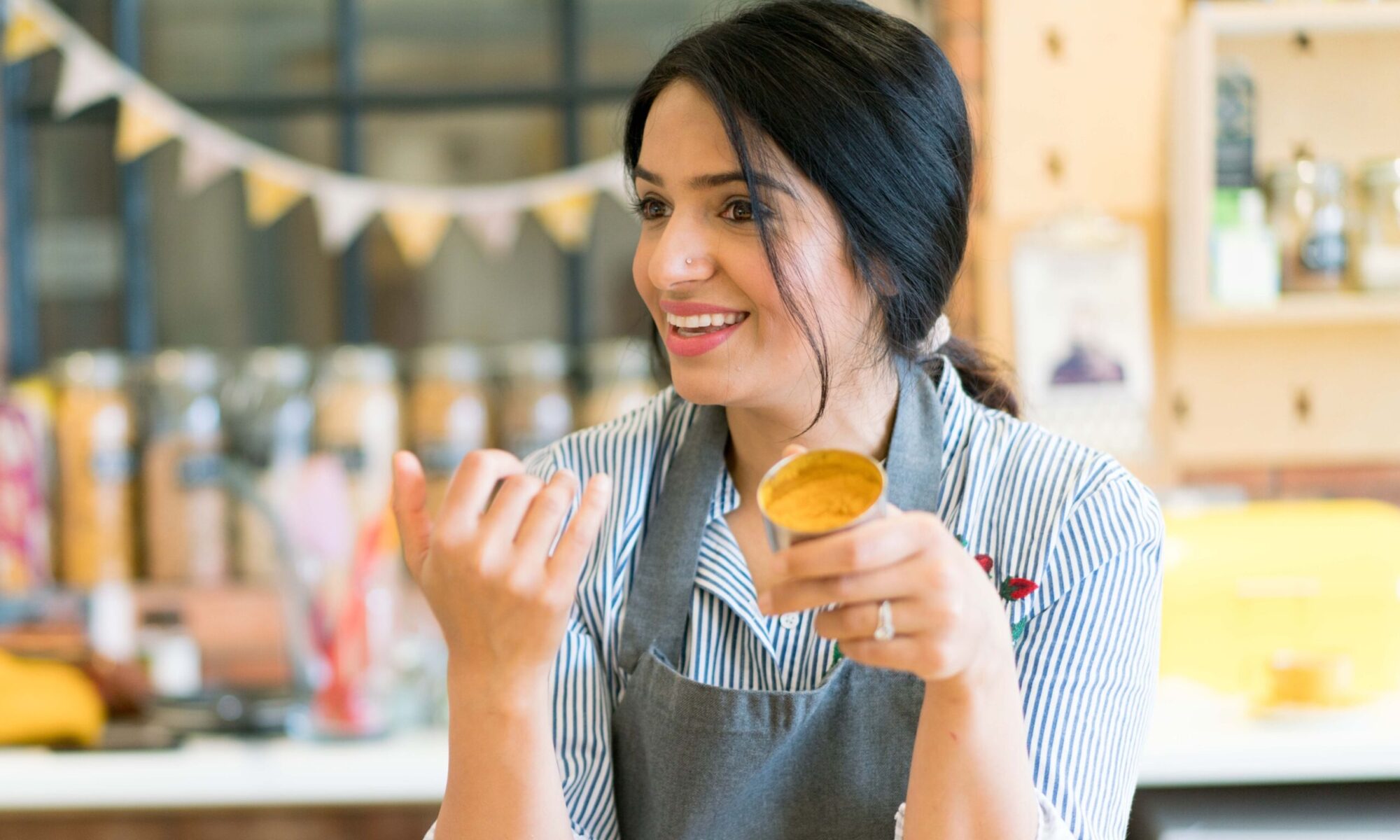A spicy, carby Indo-Italian Mutton Keema Conchiglioni. It’s what you make and need after returning home from a 44km bike ride ? . Truth be told, I made this dish up as I went along and I’m so happy I did. Oh and in true mashup desi/Indian style, I ate it with my hands and it hit the spot.

I also had no intention of sharing the recipe but when I popped a photo of my dinner up on Instagram (as you do), I had a LOT of followers messaging me for it. So I thought – hey if it’s what the people want then that is what the people shall get!

Conchiglioni are essentially pasta shells and I used the jumbo ones which work well as they catch all the lovely keema inside to create mini parcels of spicy deliciousness. If you can’t source them, you can of course use whatever pasta you like!

Mutton Keema Conchiglioni
Ingredients
- 300 g Conchiglioni (jumbo pasta shells) or a pasta of your choice
- 7-8 tbsp oil
- 3 bay leaves
- 4 cloves crushed into a coarse powder
- 1 tsp cumin seeds
- 2" piece of a cinnamon stick
- 400 g minced mutton/lamb
- 3/4 tsp salt
- 1/2 tsp garam masala
- 1 large onion (180g) finely diced
- 3 cloves garlic grated
- 6 tbsp tomato passata
- 2 tsp double concentrate tomato puree
- 2 green chilies finely chopped
- 3/4-1 tsp salt or according to taste
- 1/4 tsp sugar
- 1 tsp paprika
- 1/4 tsp turmeric
- 1 tsp coriander powder
- 1 tsp garam masala
- Handful fresh coriander chopped
Instructions
- To make the mutton keema:
- Heat oil in a pan. Once hot, add the bay leaves, crushed cloves and cumin seeds.
- Then add the mince along with the salt and garam masala. Mix well and cook on a medium heat for 7-8 minutes or until the mince has changed colour and is completely cooked.
- Remove the cooked mince from the pan with a slotted spoon, draining the oil as much as possible – we will be cooking the masala in this oil.
- Reheat the oil in the pan and add the diced onions as well as the garlic. If you feel like the pan is a looking a little dry, you can add a little more oil.
- Add 1/2 tsp salt to the pan and cook on a medium heat for 6-7 minutes. Once you see the paste has turned light golden in colour add 3-4 tbsp water and continue to cook for 7-8 minutes on a low/medium heat until deep golden. If it ever catches, add a splash of water or a little more oil.
- Now add the pasata and tomato puree as well as the chillies. Cook for a minute then reduce the heat.
- At this point add the remaining salt and the sugar as well as all of the dry spices. Cook for 30 seconds or so. When you see the oil separate from the masala, add the cooked keema and add about 30ml water (you can also use the pasta water if you are cooking simultaneously). Place a lid on the pan and cook for 5-6 minutes.
To make the pasta:
- Bring a saucepan of salted water to the boil and add the pasta . Stir occasionally and simmer on a moderate heat until the pasta is cooked (jumbo conchiglioni require about 15 minutes). Once cooked, drain immediately.
- Add the cooked pasta to the keema as well as the fresh coriander and mix well. Taste for salt/chilli and adjust accordingly. Serve immediately!









